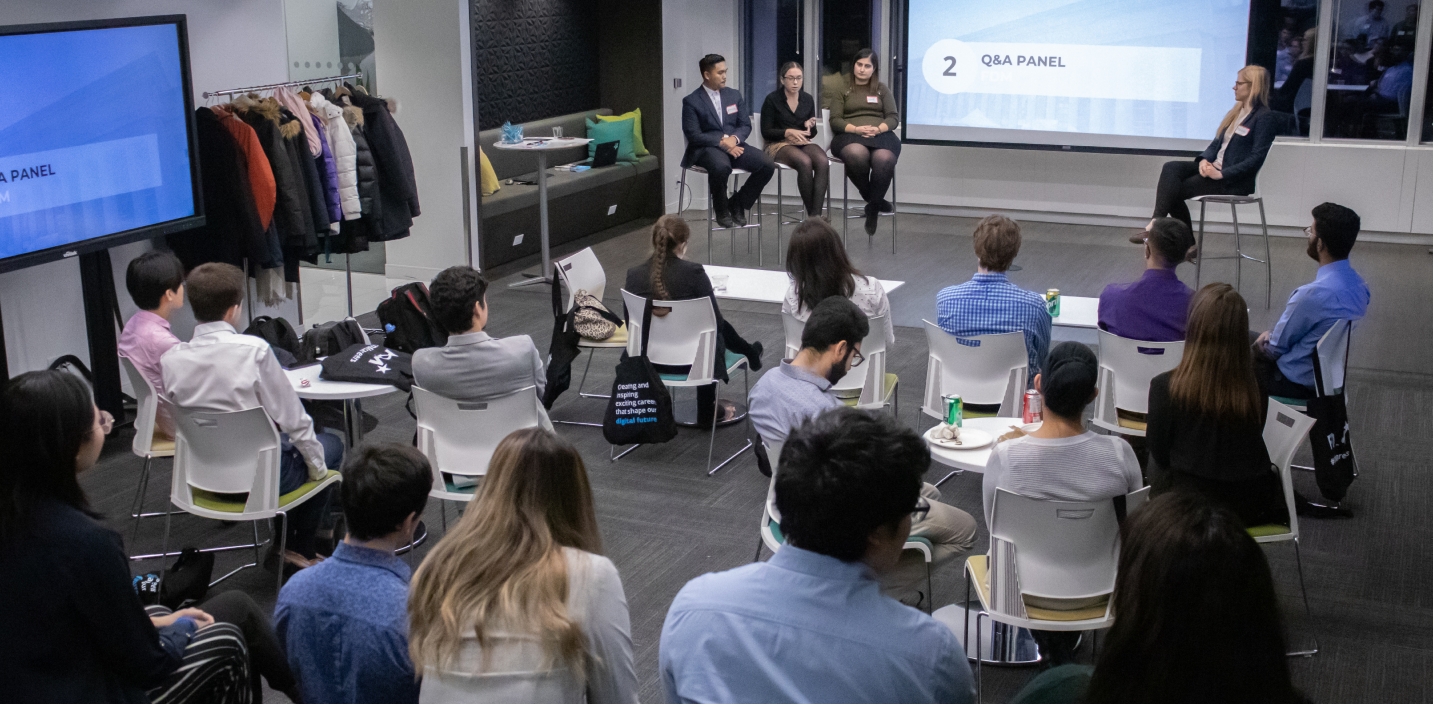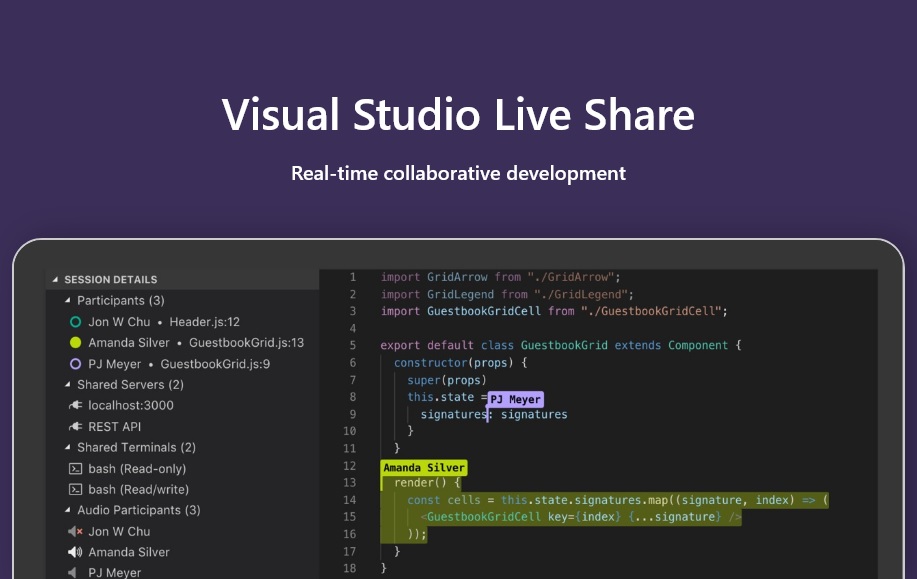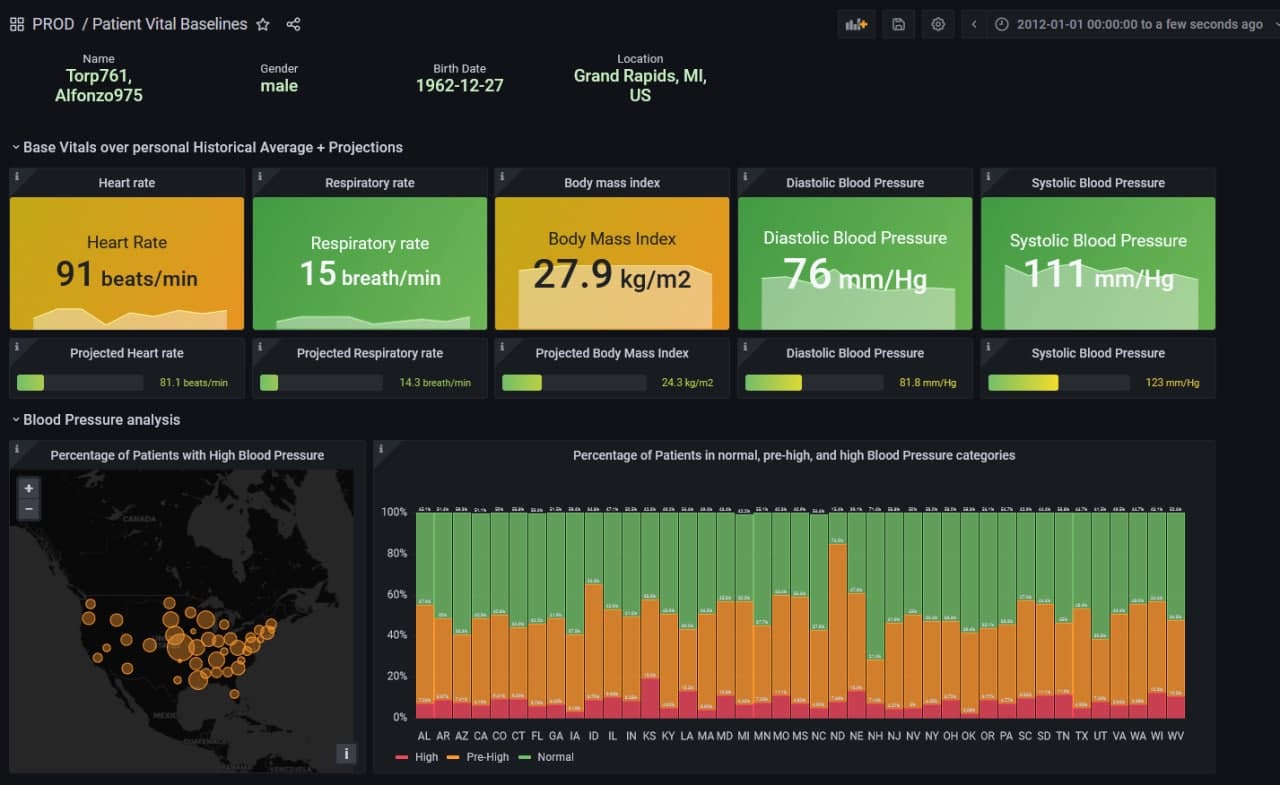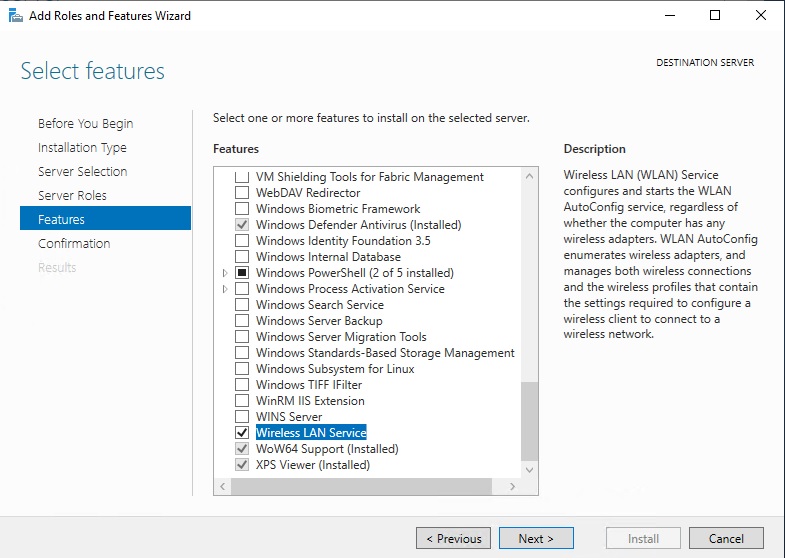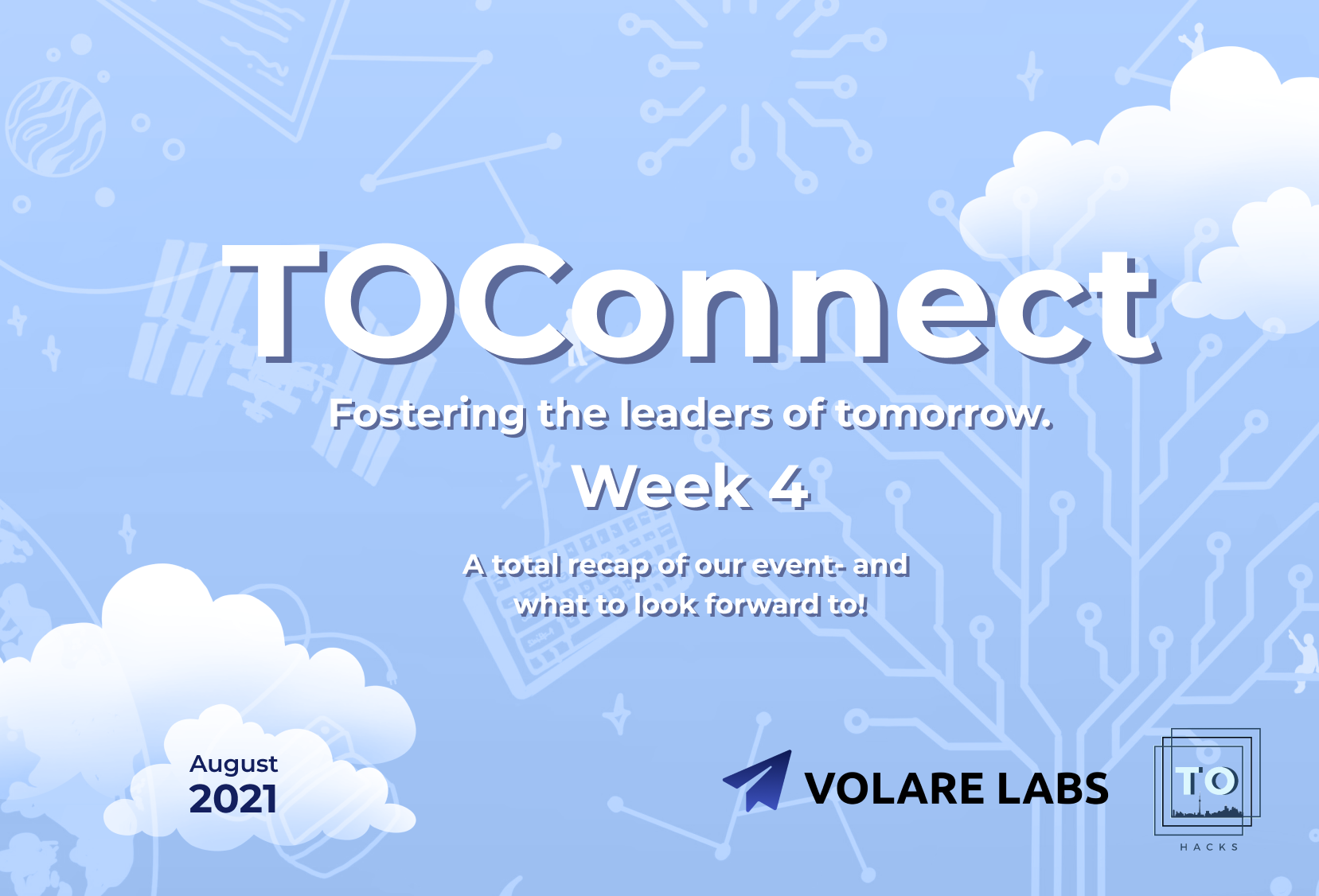The $68.7 billion acquisition of Activision Blizzard now places Microsoft as the 3rd largest gaming company behind Tencent and Sony; setting in stone once and for all the significance of Microsoft Gaming. With huge franchise titles such as Call of Duty, Overwatch, and World of Warcraft now under their belt, we can expect the next few years to be very exciting. Looks like we’ll see more utility from Xbox Gaming besides as a launcher for Halo and Fortnite.
This isn’t the first of its kind from Microsoft Gaming, nor would it be the last. Some of the most notable being Mojang, the studio behind sandbox survival classic Minecraft back in 2014, and ZeniMax in 2019 which included Bethesda Game Studios — creators of The Elder Scrolls and Fallout franchises. Microsoft is taking huge steps in conquering mediums of gaming from mobile to PC and console, instilling hope for new and innovative releases that’ll keep us busy in the lock-downs to come (just kidding, I hope…).
Everyone knows that acquisitions can be scary, and the truth is they always are. Not because terrible things happen — which they very well could in the case of Lionhead Studios — but because of the uncertainty and unknowns that developers and fans must now embark on.
Despite this, time and time again, gaming communities have proven themselves to persist long after the lives of their creators. Take FreeSpace 2 for example, released in 1999 and still alive and kicking courtesy of passionate modders and sci-fi enthusiasts at Hard Light Productions. 23 years later and you can still find its beloved mod manager Knossos and many other mods/add-ons still in active development.
Modding communities breathe a special kind of life into games, which is often times why competent studios respect and cherish them. It’s no easy feat to find time to decompile code (nor is it always legal) and build extensions to existing game functions that have been desired by fans. There’s even extreme cases like DayZ and Arma II where a mod transcends its source and becomes a game of its own.
In spite of this, creators don’t see this as threats to their existing development effort. Rather, it’s a sign of success, for every community made and mod developed brings that title one step closer to becoming an idea, an experience, that will stand the test of time.
But, can we expect the same open-mindedness from Microsoft and these now Xbox Game Studio titles?
Cross-posted from Medium:
https://medium.com/@TOHacks/lets-talk-mods-microsoft-s-xbox-game-studios-acquires-activision-blizzard-ec5716c1a661



